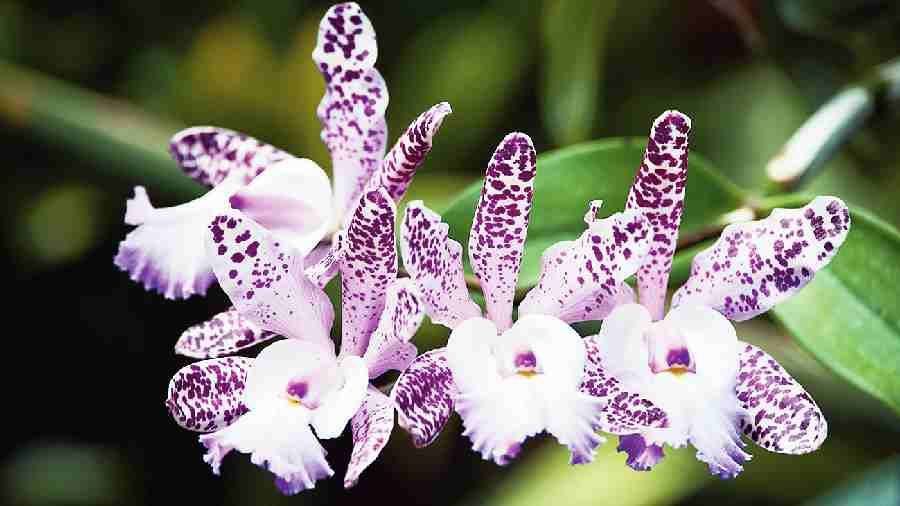There are Orchids and then there are Cattleya Orchids. This variety is known as the queen of Orchids and these are the most exotic of them all.
They produce wonderfully fragrant and intensely colourful flowers ranging from small and medium to very large sized-flowers. They are native to tropical America and are widely grown by hobbyist as well as commercial growers. Cattleya Orchids are generally long-lived slow growers, taking nearly between three and seven years to mature. The flowers last for more or less about two weeks.
There are about 50 species of Cattleya to be found. These plants have a tendency of growing in large colonies. They produce strong pseudobulbs with one or more leathery leaves. Each year a dormant bud at the base grows into a new shoot. It thickens to produce the current year's pseudobulb. The flowers are a current year's leaf where a protective sheath usually develops and depending on the parentage and genre, range from white and pink to green and purple. Some plants flower twice annually.
Light: Cattleyas need a lot of light. Indirect high sunlight is most suitable for them. Inadequate light will encourage only foliar growth. If they receive the correct amount of light, leaves will be a medium green. Dark green leaves indicate that the plant is not receiving enough light. Direct light may cause sunburn.

Varieties of Cattleya orchids
Temperature: Cattleya Orchids grow well in warm temperatures between 21-30 degrees celsius. But they can tolerate much more heat if air circulation is adequate.
Humidity: Humidity issues can affect the growth of Orchids. Humidity should be above 60 per cent and there must be great air circulation around the plants. If humidity is below 60 per cent you should place the plant in a shallow tray of pebbles with water at the bottom. Make sure that the bottom of the pot is not in the water.
Water: Water them thoroughly in the morning so the foliage is dry by nightfall. Wet leaves can cause fungal and bacterial diseases. Regularity of watering will depend on the media/ pot used for the Orchid. For instance, coconut husk will retain moisture for a longer time so should be allowed to dry out before watering the Orchid again. Water when nearly dry. Bark chips/ cinder/ small brick pieces will it help dry out quickly. So water them at frequent intervals.
Potting media: The plants should be repotted about every two years. Use wood charcoal or small brick pieces or medium sized cinder. Use of coco peat or coconut husk is advised against as they hold excess water and the roots will start to rot.
Fertiliser: Use balanced N:P:K (20:20:20/ 19:19:19) 1ml per liter of water and spray the whole plant fortnightly after watering. Once a month, flush the pot well with clear water to avoid buildup of salts.
to be continued...
